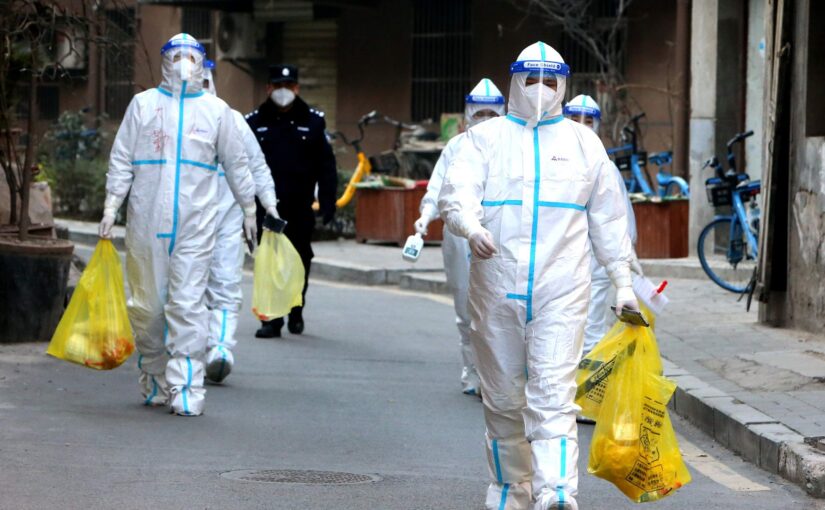This short article by Jin-Ling Tang and Kamran Abbasi, republished from the British Medical Journal, provides a valuable summary of China’s successful strategy suppressing Covid-19. The authors note that while Zero Covid created certain short-term costs, the overall result has been far preferable to the alternative, given that China has reported only 0.05 percent of the total number of global cases despite making up 19 percent of the world’s population.
Old school public health and technology can allow aggressive containment to succeed
The combination of high transmissibility and moderate severity made SARS-CoV-2 a perfect pathogen for a perfect pandemic, unlike SARS, MERS, and flu. In two years, the covid-19 pandemic has swept the entire globe and caused over 250 million infections and five million deaths, despite unprecedented efforts to stop it.
China was the first country affected and held the world’s interest as it battled to understand and contain the new pathogen. But China has reported only 0.05% of the total number of global cases despite making up 19% of the world’s population. The question then is what can the world learn from China’s response to SARS-CoV-2? A new collection of articles written by people involved with that response attempts to shed light on China’s experiences and draw out lessons for the rest of the world (www.bmj.com/how-china-responded-to-covid-19). Indeed, China’s prevention and control strategies remain more aggressive than most other countries.
China mobilised quickly and within two months had contained the epidemic and eliminated local infections in the country. There were no magic bullets in the tools it used: the methods were old school public health strategies, which are often called non-pharmacological interventions. Other countries also successfully eliminated local infections, showing that elimination of an emerging disease with pandemic potential is possible by using non-pharmaceutical interventions alone. Public health methods such as mask wearing, hand washing, social distancing, and restriction of public events and travel played an important part. Identifying and quarantining people with covid-19 and their close contacts was also critical.
New technologies greatly assisted. For example, rapid nucleic acid testing made it possible to diagnose patients early, detect asymptomatic infections, and assess the potential risk to the entire population. Mobile phones were used to trace and manage close contacts. Given the high prevalence of asymptomatic and pre-symptomatic SARS-CoV-2 infections, and the possibility of covert long distance transmission through cold chain logistics, containment would not have been possible without these new technologies. Mathematical modelling with the aid of powerful computers also proved useful for understanding the course of the pandemic and, more importantly, for assessing the effects of prevention strategies and informing policy adjustments.
Our recent experience of successfully containing a highly infectious disease is limited, particularly when hundreds of thousands of people are infected and require urgent medical assistance as happened in Wuhan, the original epicentre of the epidemic in China. As Du Bin and colleagues point out, there is much to learn from China’s centrally coordinated national campaign, fast mobilisation of 42 000 healthcare workers to Wuhan, efficient local coordination and allocation of healthcare resources, and rapid capacity building for general and critical care of infectious diseases.
The pandemic is now in its second phase in which vaccination is the determinant of success. Effectively eliminating local infections in the first phase gives China the flexibility to prioritise specific populations for vaccination and attempt a safe transition from the current policy of “zero tolerance of local transmission.” However, successful containment has also left China’s population almost entirely vulnerable, and thus the country needs to persist with strong public health measures until population immunity is established through vaccination. The short term costs of containment may be large, but the view from China is that other strategies will be much more costly domestically and to the rest of humanity in the long run.


In a nutshell China put lives ahead of economics, which in turn proved to be economically sound. Having lived through two lockdowns in China the other non stated advantage was that the government carried the people with them by contious communication and by enlisting the people as part of the prevention measures. The people supported the government and in turn the government supported the people.